
Make the Switch & Ditch Wood
Wood is a troublesome material for exterior work. It shrinks and swells, rots, warps and feeds insects. Years ago, builders used wood because that was their only option. But today, you have better choices. So ditch the real wood—and all the headaches—and go for something that looks just as good!
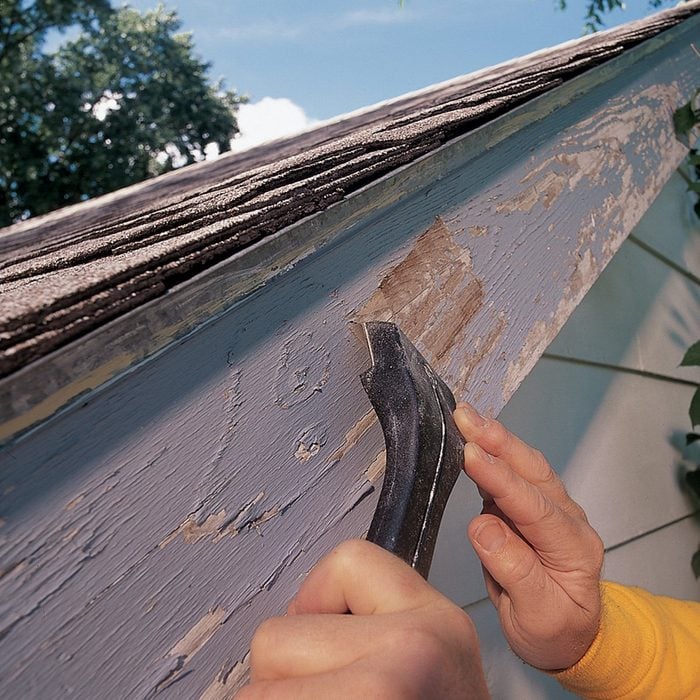
Why Wood Isn’t Worth the Worry
Wood trim expands and contracts with changes in humidity. Paint can flex with that movement for a while. But eventually, tiny cracks develop. Those cracks let in moisture, which causes more movement, which leads to larger cracks and peeling, rot… you get the idea.
One of the big advantages of manufactured products is that they remain stable when exposed to moisture. That means the paint lasts longer. Like all materials, they move with temperature changes, but that movement is less extreme and easier on the paint than moisture movement. A related advantage of manufactured products is that they don’t warp or split like wood so you don’t have to hunt for straight, good-looking boards

What are the Alternatives?
We soaked five types of trim in a bucket of water for about a month. That’s not a scientific simulation of real-world conditions, and most of these products aren’t intended for that kind of punishment. Still, we think the results are worth sharing:
Cellular PVC and poly ash:
These two materials were completely unaffected — which is just what you would expect from products rated for ground contact.
Fiber cement:
This seemed unaffected by the water, which surprised us because, unlike the cellular PVC and poly ash, it is not approved for ground contact.
Composite and engineered wood:
Both of these trim types swelled near the edges but did not blister or blow apart.
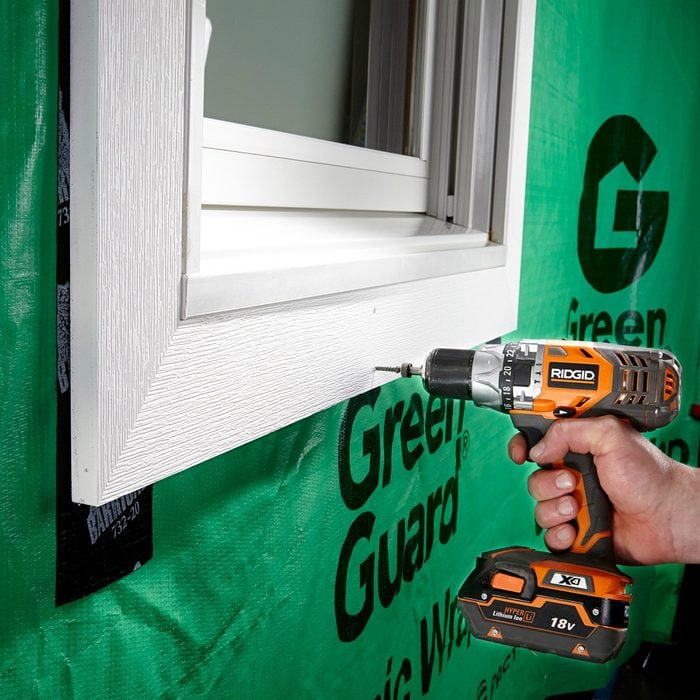
Cellular PVC
Because it is made from plastic, cellular PVC trim will probably last longer than the rest of the house. It is rot-and-insect-proof and does not absorb water, which makes it a great option for trim that will get wet a lot. It is also the most expensive — about twice as much as other manufactured options.
Cellular PVC looks and cuts just like wood and comes in traditional widths and thicknesses. You can work it with regular power tools, blades and router bits. When temperatures rise or the sun hits it directly, cellular PVC does expand quite a bit along its length, so it is important to fasten it well with nails or screws. Be sure to drive screws all the way through the sheathing and into the framing members. You’ll need to leave 1/8 of an inch of space for heat expansion per 18 feet of trim (skip this if it is already hot outside).
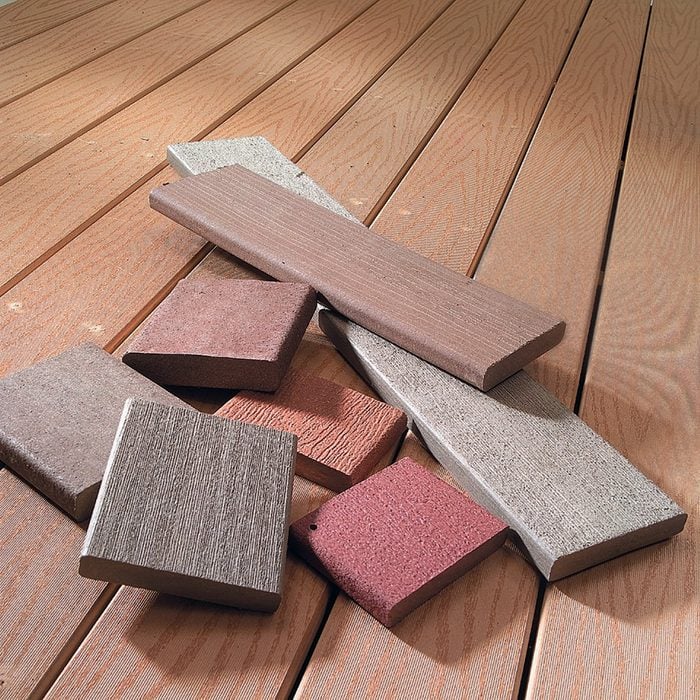
Composite
Composite trim looks just like medium-density fiberboard (MDF), but is made to handle weather extremes. It is basically wood fibers mixed with resins with chemicals added for insect and rot resistance. You can cut and rout it just like wood, it comes primes, and it holds paint very well. Here’s a roundup of naturally rot-resistant woods.
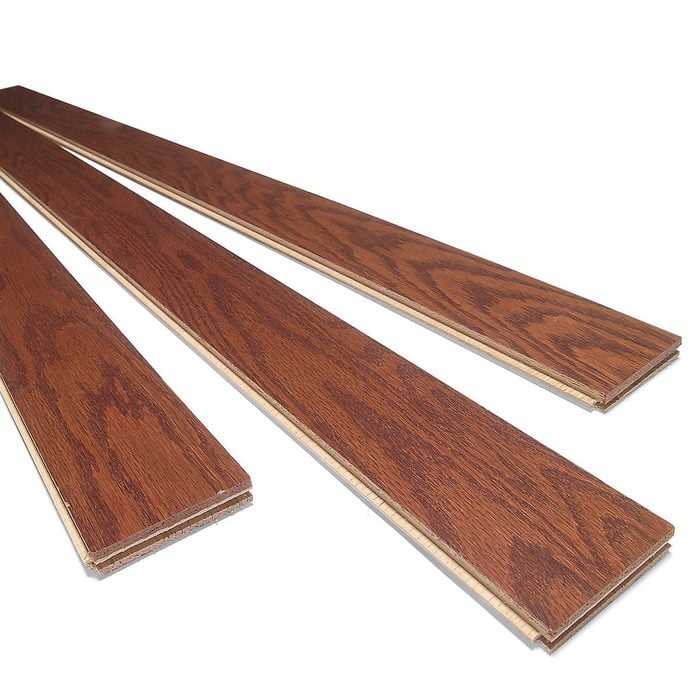
Engineered Wood
Typically used as a flooring material, engineered wood can also be used as a trim or siding alternative that looks much like oriented strand board (OSB) on the back side but has far better weather resistance. It is basically compressed wood fibers and resins with a textured shell, giving it the appearance of solid wood. It comes primed and the boards stay nice and straight during and after installation. Typically, engineered wood is treated for rot and termite resistance.
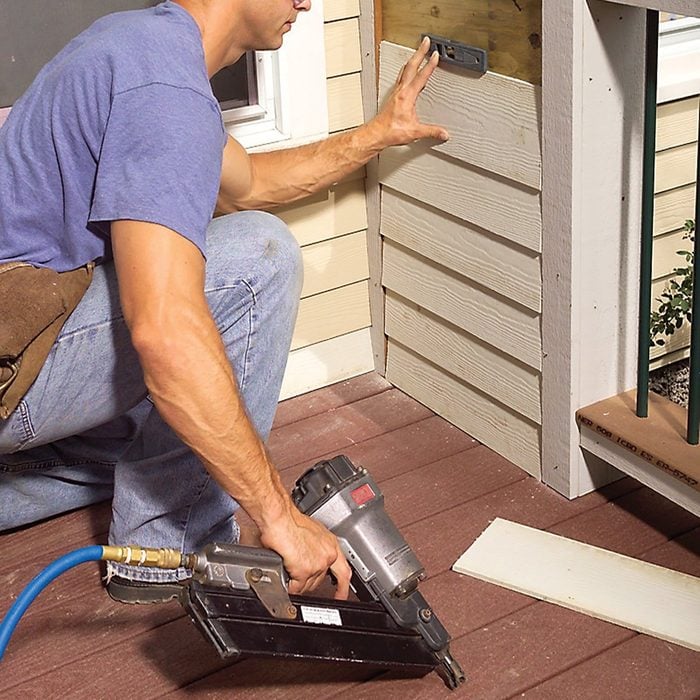
Fiber Cement
This is a masonry-like product containing mostly cement, cellulose fibers and sand. Unlike wood, it resists cracking, splitting, rotting and swelling and it does not expand and contract a lot, so paint jobs can last for decades. You can’t rout it, however, and dust collection is highly recommended when cutting it. You can cut it with regular carbide blades, but they’ll dull quickly because fiber cement is very abrasive. Use blades made for fiber cement instead. Hot-dipped galvanized or stainless steel nails are recommended and must be set flush. Field-cut edges must be painted. You can get fiber cement trim primed or pre-finished in many colors.
